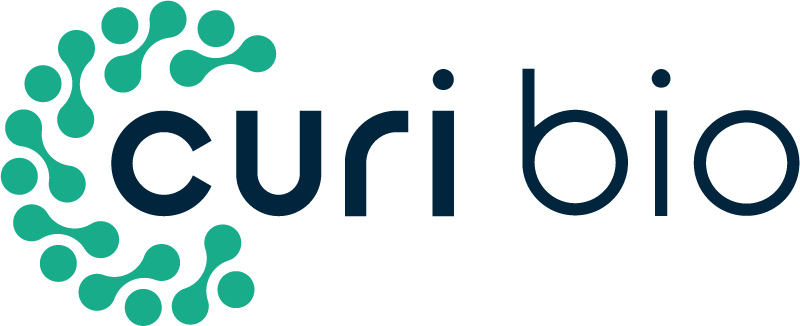Mechanosensitivity of Fibroblast Cell Shape and Movement to Anisotropic Substratum Topography Gradients
Kim DH, Han K, Gupta K, Kwon KW, Suh KY (1), Levchenko A (2) – (1) Seoul National University, (2) Johns Hopkins University
Abstract: In this report, we describe using ultraviolet (UV)-assisted capillary force lithography (CFL) to create a model substratum of anisotropic micro- and nanotopographic pattern arrays with variable local density for the analysis of cell-substratum interactions. A single cell adhesion substratum with the constant ridge width (1 microm), and depth (400 nm) and variable groove widths (1-9.1 microm) allowed us to characterize the dependence of cellular responses, including cell shape, orientation, and migration, on the anisotropy and local density of the variable micro- and nanotopographic pattern. We found that fibroblasts adhering to the denser pattern areas aligned and elongated more strongly along the direction of ridges, vs. those on the sparser areas, exhibiting a biphasic dependence of the migration speed on the pattern density. In addition, cells responded to local variations in topography by altering morphology and migrating along the direction of grooves biased by the direction of pattern orientation (short term) and pattern density (long term), suggesting that single cells can sense the topography gradient. Molecular dynamic live cell imaging and immunocytochemical analysis of focal adhesions and actin cytoskeleton suggest that variable substratum topography can result in distinct types of cytoskeleton reorganization. We also demonstrate that fibroblasts cultured as monolayers on the same substratum retain most of the properties displayed by single cells. This result, in addition to demonstrating a more sophisticated method to study aspects of wound healing processes, strongly suggests that even in the presence of adhesive cell-cell interactions, the cues provided by the underlying substratum topography continue to exercise substantial influence on cell behavior. The described experimental platform might not only further our understanding of biomechanical regulation of cell-matrix interactions, but also contribute to bioengineering of devices with the optimally structured design of cell-material interface.
Keywords: Topography, Capillary force lithography, Grooves and ridges, Focal adhesions, Extracellular matrix, Cell migration, Fibroblast cells
Materials & Methods: Silicon wafers were spin-coated with a photoresist (Shipley, Marlborough, MA) and then patterned via electron-beam lithography (JBX-9300FS, JEOL). After photoresist development (MF320, Shipley), exposed silicon was deep reactive ion etched (STS ICP Etcher) to form arrays of sub-micron scale ridges with near-vertical sidewalls. The remaining photoresist on silicon wafers was removed using ashing process (BMR ICP PR Asher) and then diced into silicon masters for subsequent replica-molding. To fabricate topographic nanopattern arrays, PUA was used as a mold material from the silicon master as previously described [25]. Briefly, the UV-curable PUA was drop-dispensed onto a silicon master and then a flexible and transparent polyethylene terephthalate (PET) film was brought into contact with the dropped PUA liquid. Subsequently, it was exposed to UV light (λ= 200–400 nm) for 30 s through the transparent backplane (dose = 100 mJ cm−2). After UV curing, the mold was peeled off from the master and additionally cured overnight to terminate the remaining active acrylate groups on the surface prior to the use as a first replica. The resulting PUA mold used in the experiment was a thin sheet with a thickness of ∼50 µm.
Microscopic Technique: Time-Lapse Microscopy
Cell Type(s): Fibroblast Cells, NIH 3T3
